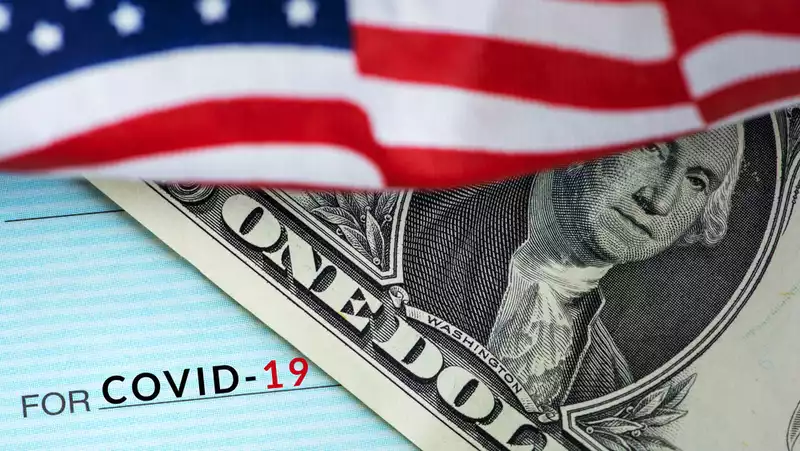If you did not receive the full amount you were eligible for under Stimulus 1 or 2, you may be able to deduct the difference on your 2020 taxes.
The IRS used 2019 and 2018 data to determine eligibility for the $1,200 and $600 sent last year.
The Recovery Rebate Credit allows taxpayers who earned less in 2020 than the previous year to claim funds they would have received had their first two stimulus checks been calculated using their 2020 returns.
In other words, if you or your dependents were not paid in full for the first or second round of stimulus, you may be able to take advantage of this credit if you complete your 2020 tax return by May 17 (the adjustment deadline for most filers).
To take the tax credit, you need to know exactly how much you received under Stimulus Package 1 and 2; the IRS has sent a letter (Notices 1444 and 1444-B) to eligible individuals indicating the amount of each payment, but if you do not have these notices on hand, you can go to irs.gov/account You can also log on to irs.gov/account to find the information.
Next, complete the worksheet to determine if you qualify for the deduction and the amount you can claim. This amount will appear on line 30 of Form 1040 or 1040-SR.
If you qualify for the credit, your taxes will be refunded (or applied to taxes owed), and according to the IRS, the fastest way to get your refund is to file your return electronically and set up an account transfer to your bank account.
However, the IRS may adjust the credit you claim and you may not receive the exact amount you expect. There are several reasons for this adjustment:
Finally, if you have already filed your 2020 tax return and have not claimed (but believe you are eligible to claim) the Recovery Income Credit, you may file an amended return using Form 1040-X. The IRS will not automatically take the deduction if you do not file for it.










Comments